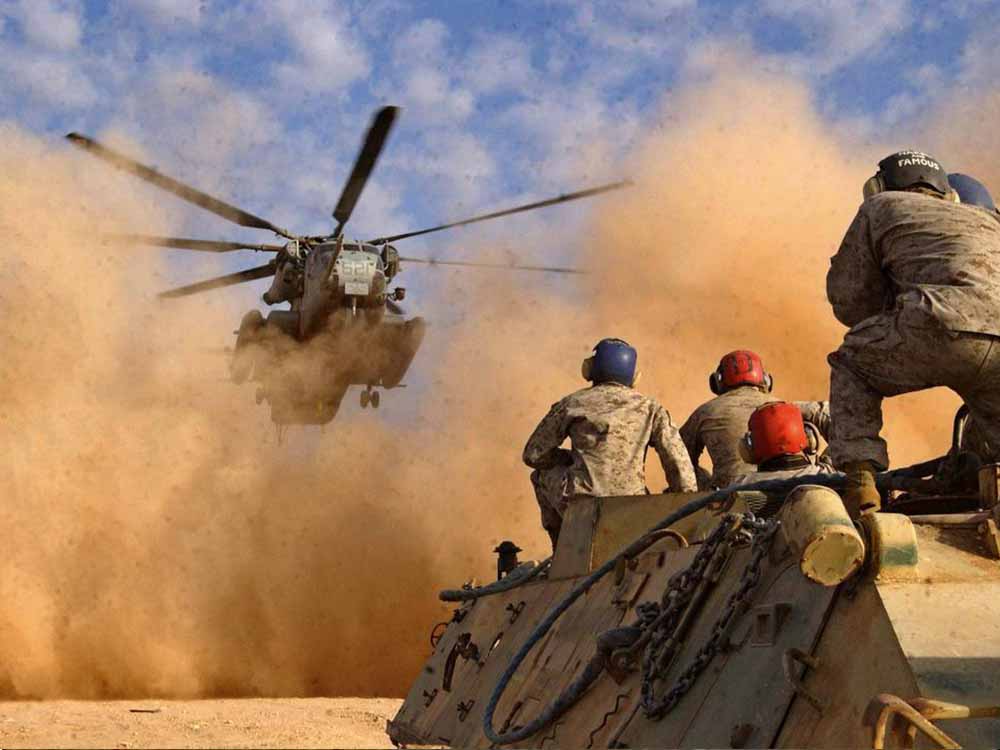Iraq in 2003: The Beginning of a New Chapter
Iraq in 2003 marked a pivotal moment in modern history, characterized by political upheaval, military intervention, and the quest for regime change. The invasion of Iraq by a coalition led by the United States sparked a series of events that would reshape the geopolitical landscape of the Middle East and have far-reaching consequences for years to come.
Prelude to Invasion
Justification for War
The buildup to the invasion of Iraq was fueled by the belief that Saddam Hussein’s regime possessed weapons of mass destruction (WMDs) and posed a threat to regional stability. Despite calls for diplomatic solutions and weapons inspections, efforts to disarm Iraq through peaceful means were unsuccessful, leading to growing calls for military action.
Coalition Formation
In March 2003, a coalition of countries, primarily led by the United States and the United Kingdom, launched Operation Iraqi Freedom with the goal of ousting Saddam Hussein’s regime and dismantling Iraq’s alleged WMD program. The coalition included troops from various nations, but the United States played a leading role in planning and executing the invasion.
The Invasion and Fall of Baghdad
Shock and Awe
The invasion of Iraq began on March 19, 2003, with a massive aerial bombardment known as “Shock and Awe.” The campaign aimed to degrade Iraq’s military capabilities and undermine Saddam Hussein’s grip on power. As coalition forces advanced into Iraqi territory, they encountered sporadic resistance from Iraqi forces but quickly gained control of key cities and infrastructure.
Capture of Baghdad
One of the defining moments of the invasion was the capture of Baghdad, Iraq’s capital, on April 9, 2003. Coalition troops, supported by airstrikes and ground operations, swiftly overwhelmed Iraqi defenses and entered the city, signaling the collapse of Saddam Hussein’s regime. The iconic images of the statue of Saddam Hussein being toppled in Firdos Square symbolized the end of an era in Iraq.
Aftermath and Occupation
Post-Invasion Challenges
While the fall of Saddam Hussein’s regime was hailed as a victory for the coalition, the aftermath of the invasion posed significant challenges. Iraq descended into a period of chaos and instability, characterized by sectarian violence, insurgency, and political turmoil. The failure to find WMDs raised questions about the legitimacy of the war and the rationale for military intervention.
Occupation and Reconstruction
Following the invasion, Iraq came under the administration of the Coalition Provisional Authority (CPA), led by Ambassador L. Paul Bremer. The CPA oversaw efforts to rebuild Iraq’s infrastructure, establish democratic institutions, and transition power to an interim Iraqi government. However, the occupation faced criticism for its handling of security, governance, and reconstruction efforts.
Legacy and Continued Conflict
Long-Term Consequences
The invasion of Iraq in 2003 had profound and enduring consequences for Iraq, the Middle East, and the world. The removal of Saddam Hussein’s regime created a power vacuum that fueled sectarian tensions and gave rise to insurgent groups like Al-Qaeda in Iraq and later, the Islamic State (ISIS). The conflict in Iraq led to the loss of thousands of lives, displaced millions of people, and left a legacy of devastation and trauma.
Controversy and Reckoning
The decision to invade Iraq and the subsequent occupation remain highly controversial and have been the subject of intense debate and scrutiny. Critics argue that the war was based on flawed intelligence and false pretenses, while proponents maintain that it was necessary to remove a brutal dictator and promote democracy in the region. The invasion of Iraq continues to shape global perceptions of military intervention and influence foreign policy decisions to this day.











